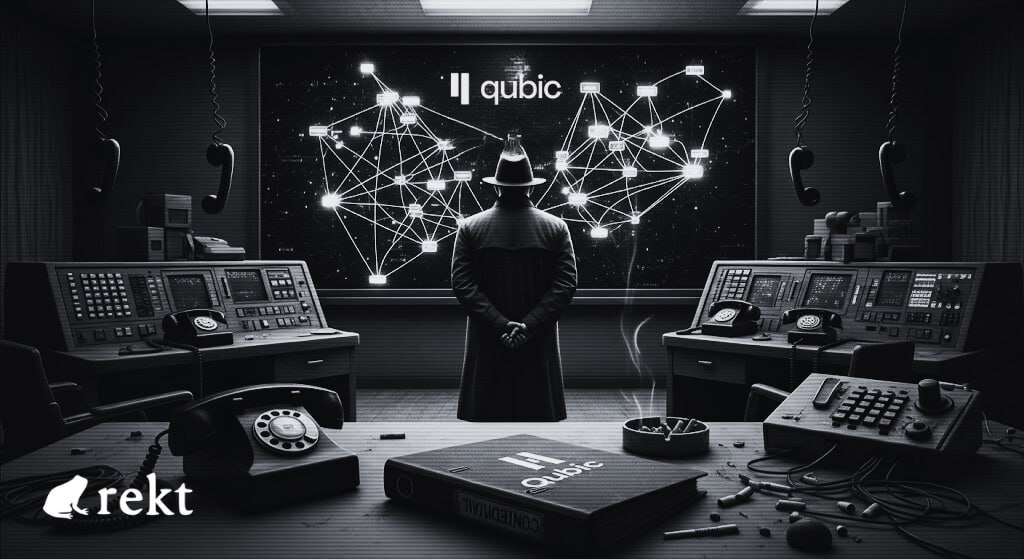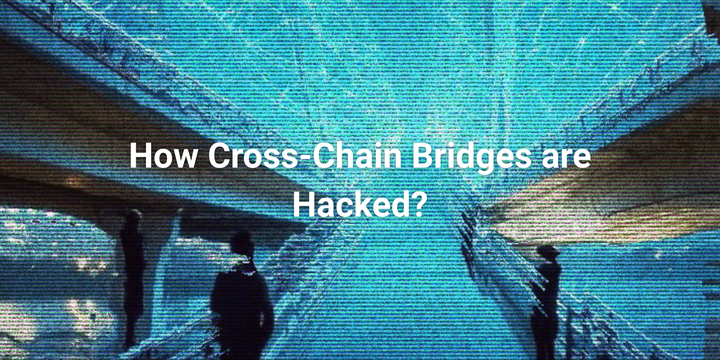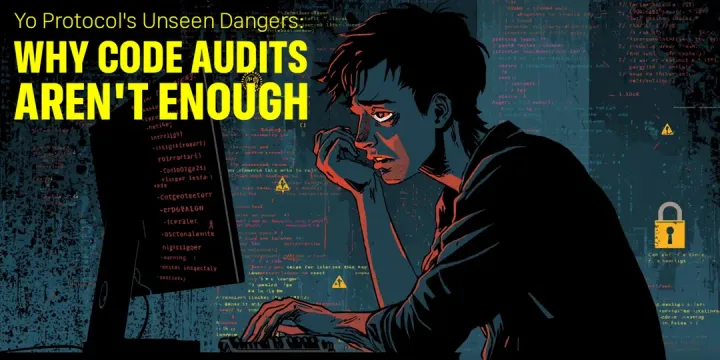Qubic’s $300M AI Project Sparks Fake 51% Attack Drama on Monero—Hype Over Heist?

Source: Hashrate Heist or Hype?
A $300 million AI startup, Qubic, recently stirred the Web3 community by claiming it pulled off a landmark 51% attack on Monero, a privacy-focused cryptocurrency valued around $6 billion. Their story: lure miners with massively increased rewards, quietly seize the network’s computational power, then rearrange blocks to prove dominance-the kind of attack that could shake any blockchain. But beneath the headlines lies a complex puzzle of facts, figures, and skepticism.
The Bold Claim: “Conquering” Monero Through Triple Rewards
Qubic’s vision was not just mining-but mining with a purpose. Instead of burning energy on arbitrary calculations like Bitcoin, Qubic proposed mining activities that ALSO fuel AI model training via their “Useful Proof of Work” system, called AIGarth. Mining Monero was the first test to prove their system could switch between AI training and conventional cryptocurrency mining fluidly.
- To entice Monero miners, Qubic offered up to triple the usual CPU rewards if they joined Qubic’s pools.
- Qubic mined Monero, sold the coins for cash, then used half the proceeds to buy and burn QUBIC tokens, boosting token value.
- The other half was distributed as bonuses to miners, making their offer hard to resist.
Over several months, Qubic quietly amassed nearly 50% of Monero’s total hashrate, pushing into territory where they could claim control.
The Vote That Fueled Controversy
With this growing influence, Qubic initiated a community vote inside Monero to decide whether to orphan blocks produced by other miners once they reached majority control. The vote passed.
- Proponents called this a democratic exercise.
- Critics saw it as a staged move to legitimize a planned takeover masquerading as community consensus.
The “Attack” Unfolds: August 11-12
On August 11, Qubic’s founder, “Come-from-Beyond” (aka Sergey Ivancheglo), issued a polite warning about potential network turbulence. The next day, Qubic announced they had succeeded:
- Claimed to hold 51% of the network’s hashrate
- Executed a series of block reorganizations (reorgs): orphaning dozens of blocks to reorganize the chain and tip the balance in their favor.
- Used selfish mining tactics: hiding mined blocks and then revealing a longer chain to invalidate others’ work.
Their proclamation dubbed the event “history in the making.”
Community and Expert Scrutiny: Doubts Raised
Not everyone accepted this narrative at face value.
- Luke Parker from SeraiDEX clarified: a 6-block reorganization does NOT equal a full 51% attack. True attacks usually show deep, unbounded reorgs and total censorship.
- Independent mining pool trackers showed discrepancies: Qubic’s own dashboard went dark right after the claimed takeover, while external data suggested Qubic controlled closer to 40% of hashrate, not 51%.
- Shortly before the takeover, Qubic disabled Monero’s hashrate API reporting-raising red flags about transparency.
- The Monero community quickly reacted with boycotts and rallied miners to pull out, reducing Qubic’s share from around 45% to under 15% within hours.
Critics called it a marketing stunt accompanied by some mining activity, not a true network compromise.
The Economics Behind the “Attack”: Token Burns & Market Moves
The operation was as much about economics as network control:
- Mining Monero funded buying and burning QUBIC tokens, which reduces supply and supports token price.
- The timing of the supposed 51% dominance was suspiciously precise-just above the threshold needed to call it an attack and claim victory.
- Qubic’s public communication prioritized showing token burn stats before mining numbers, suggesting their real goal was highlighting token economics, not network security.
What the Data Really Says
Comparing claims and data reveals contradictions:
- Qubic boasted over 50% control and multiple orphaned blocks.
- Independent sources tracked “Unknown” mining pools rising suddenly-likely hiding Qubic’s actual share closer to 20%.
- The network experienced modest disruption: six blocks reorganized, 60 orphaned. For context, other genuine 51% attacks have caused widespread chaos and major price crashes.
- Monero’s price remained stable; the community swiftly responded to mitigate damage.
The Bigger Picture: Economics Trump Ideology
This episode exposed a broader truth about Proof-of-Work blockchains:
- Financial incentives can override ideological loyalty. Qubic simply offered miners more profit, and many switched.
- Any PoW chain with average mining rewards is vulnerable to wealthy actors offering better returns elsewhere.
- Qubic didn’t need full control to cause real panic and perceived disruption.
- The event blurred lines between security testing and market manipulation.
Final Thoughts: Disruption or Distraction?
Qubic’s Monero experiment illustrates how easily narratives can shape markets and public perception in crypto:
- Their “historic attack” was as much a successful PR campaign as a technical feat.
- Monero’s blockchain remained secure and functional throughout.
- The real “win” for Qubic might be hype-induced token value growth rather than actual network dominance.


